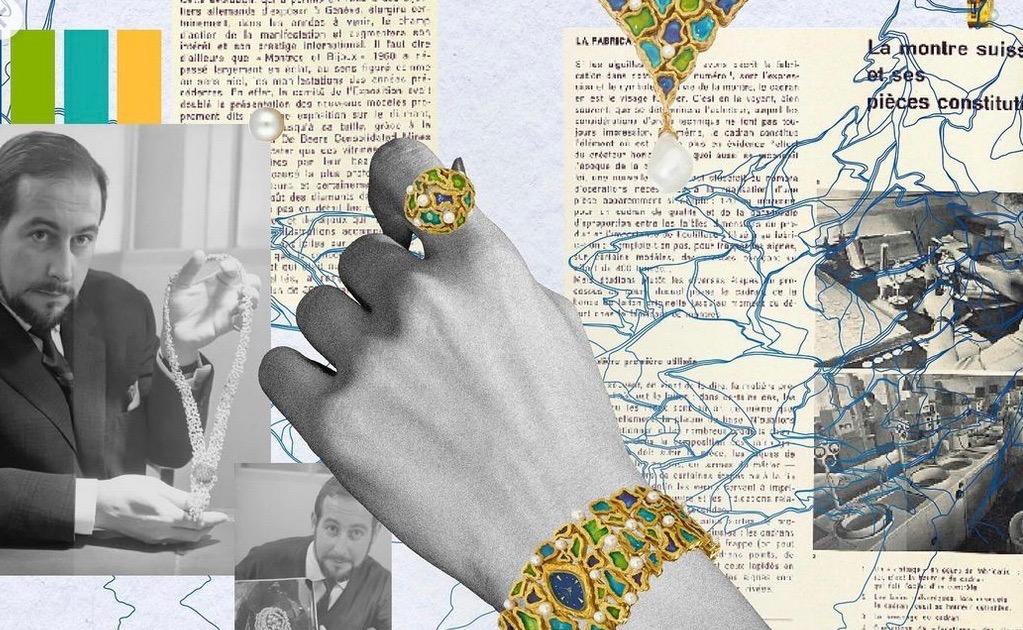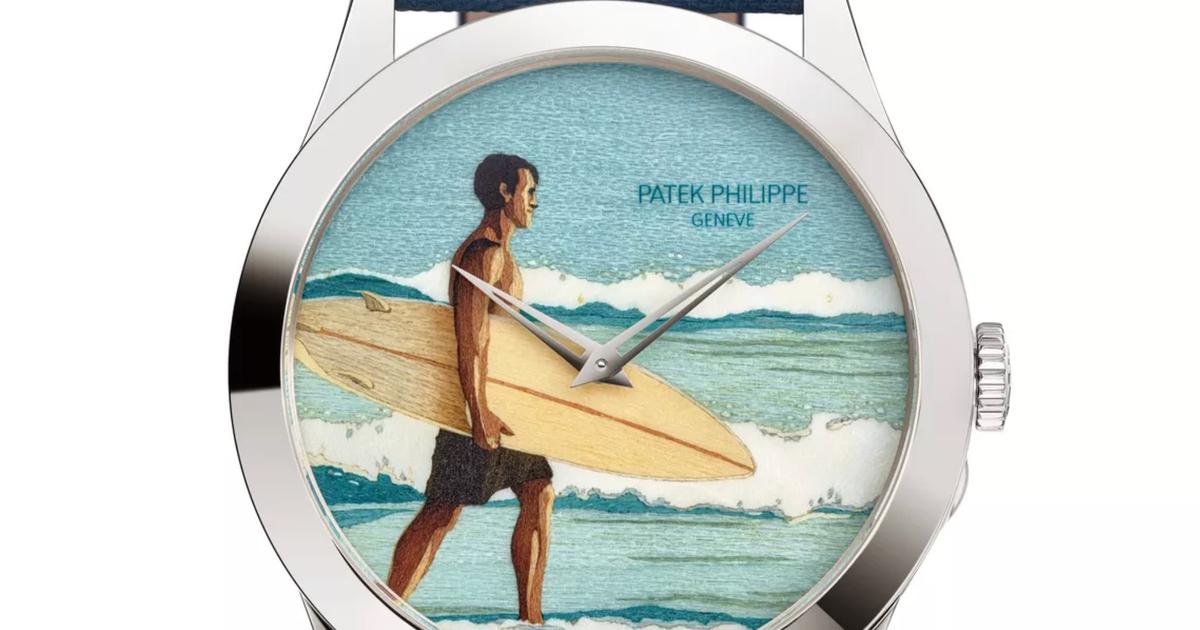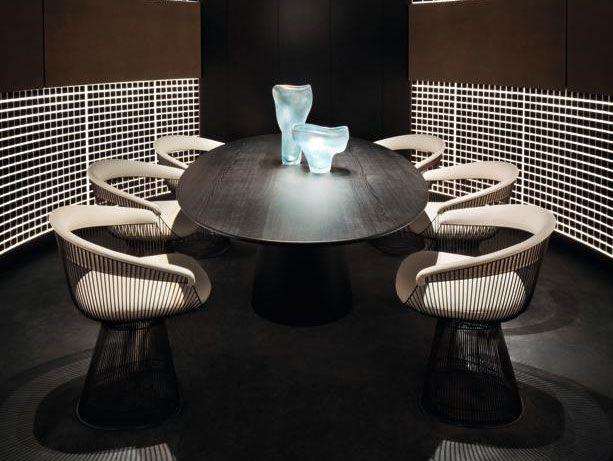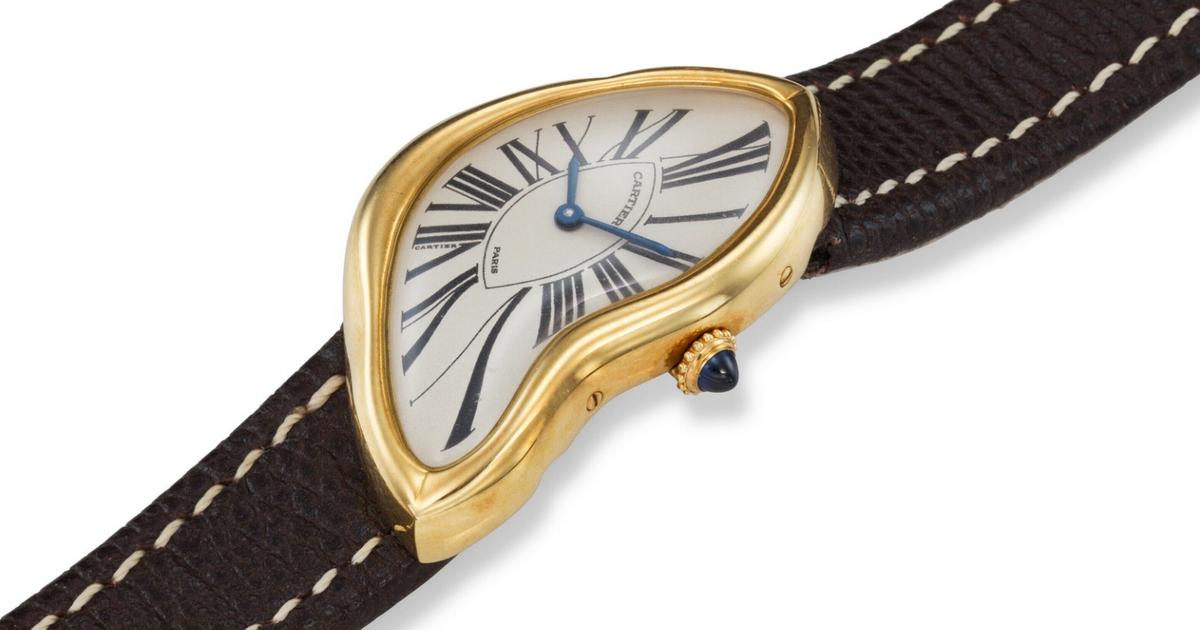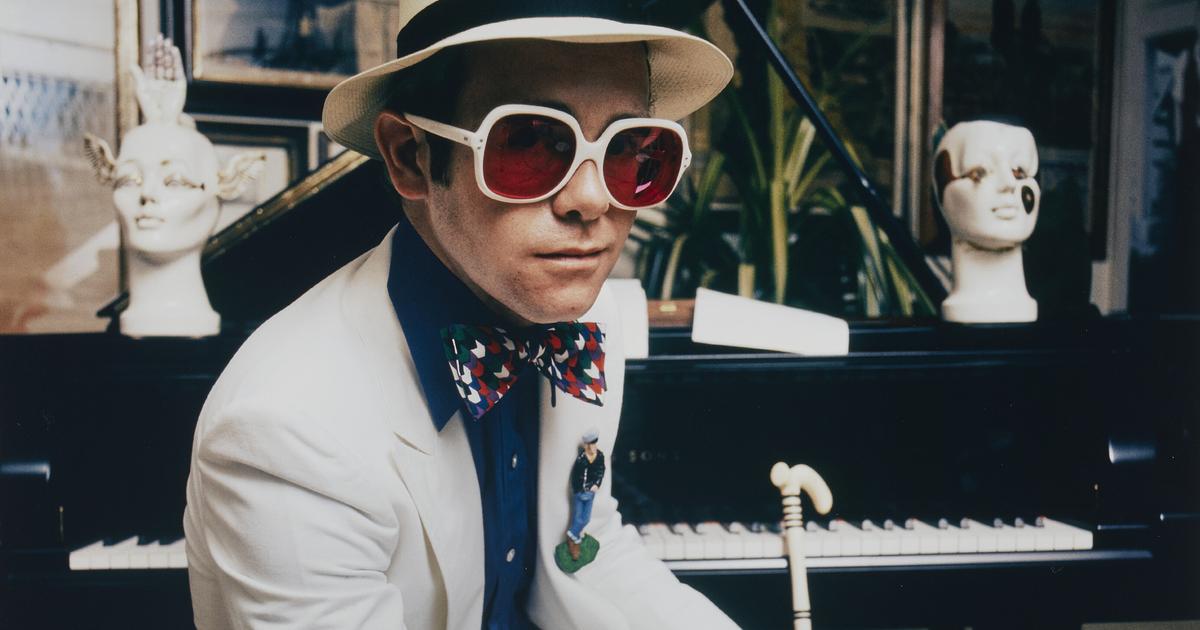These days, even popes wear a watch.
But once, they had clocks.
Audemars Piguet drew inspiration for its new timepiece, as complex as it is poetic, the Code 11.59 Starwheel, commissioned in the 17th century by Alexander VII.
This pope, suffering from insomnia, had ordered from the Campani brothers, watchmakers in Rome, a
“night clock”,
which would be both silent, so as not to disturb his sleep, which was already difficult, and easy to read in the dark.
They then imagined the first clock with a wandering display on which the time made a semi-circle in a window punctuated with quarter-hours lit from the inside.
“I found a copy of Pier Tommaso Campani's letter recounting this development in 1656,
comments Sebastian Vivas, director of museums and heritage at Audemars Piguet.
Such a way of displaying the time in a very original and luminous way is extremely modern, as an idea, in the 17th century.”
See also Audemars Piguet reinterprets the wandering hour, a complication invented for the Vatican in the 17th century
"We go from a night clock to a wandering hour"
Miniaturizing timepieces…
This article is for subscribers only.
You have 61% left to discover.
Cultivating your freedom is cultivating your curiosity.
Keep reading your article for €0.99 for the first month
I ENJOY IT
Already subscribed?
Login


